THE SCRIBBLERS TOOLBOX
"My ever-expanding collection of tips, tools, observations, and topical ephemera for my fellow scribblers to peruse, apply, disseminate, or disregard."
Jesse Alexander
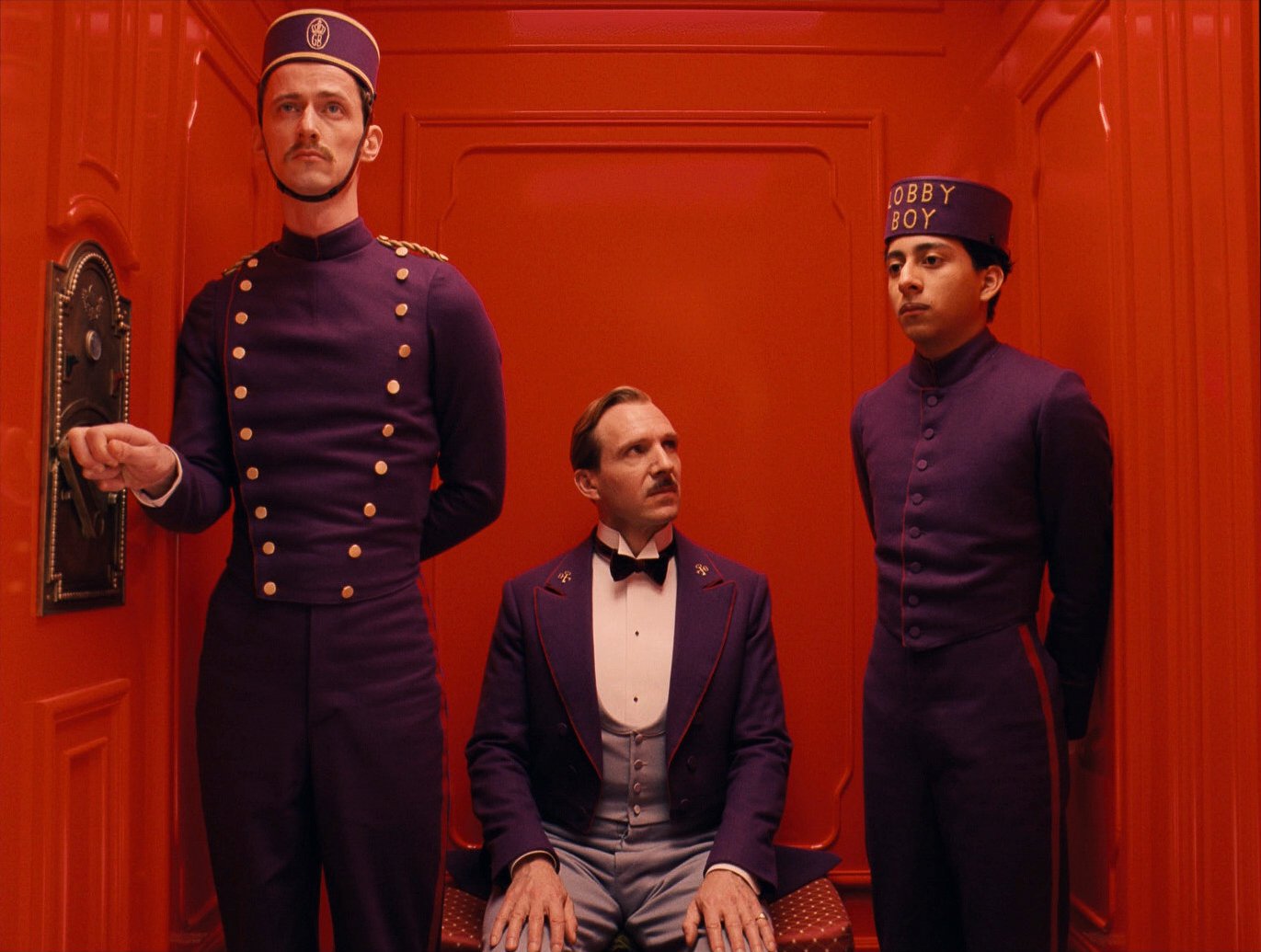
Pitch Prose
Crafting a logline or story paragraph is an essential step in developing a compelling screenplay. It can help focus your ideas, clarify your story's central conflict, and pitch to potential buyers or collaborators.

Wick-Centric World Building
John Wick is a film that will be remembered for years to come as a shining example of how to craft not just an effective action flick but to launch a character-centric franchise.
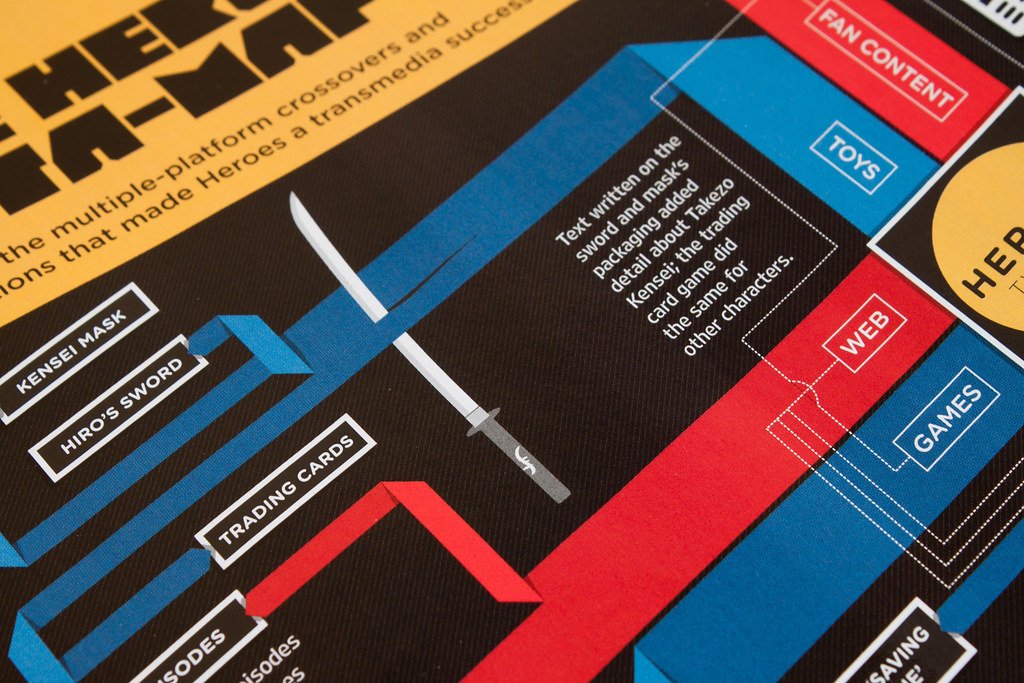
Beyond One Screen
Multiplatform Storytelling isn’t required when introducing a new IP to the world, but it can provide value. Not just for the audience, but the creative team exploring and expanding the fictional world they’re creating.
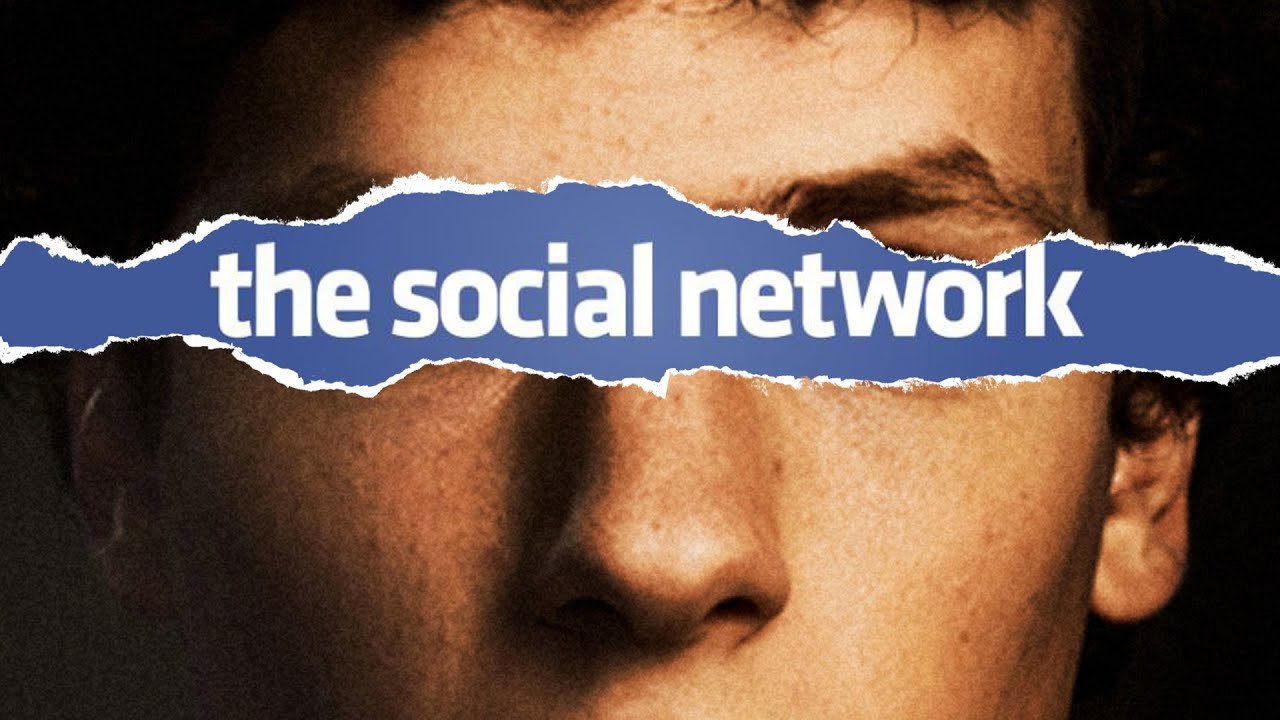
Beats of Scene & Sequence
Crafting a compelling scene or sequence is not only about entertaining the audience but also about moving the story forward and revealing character traits.

Hero vs. Anti Hero
The classic hero is a character who sacrifices personal happiness to pursue an unattainable goal that serves the greater good, while the anti-hero performs morally correct actions while acting primarily out of self-interest.

8 is your Magic Number
In early Hollywood, movies were typically composed of eight separate reels. Screenwriters soon discovered that these reels could be used to divide the narrative into eight distinct segments or sequences, each with its own purpose and arc.

Conflict is your Friend
Conflict is the lifeblood of storytelling; it's the engine that drives your story forward and keeps your audience engaged.
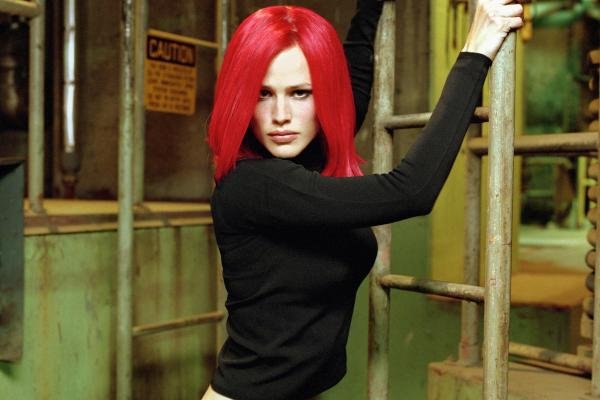
Play Tennis with Scene and Sequel
Understanding the importance and proper execution of scenes and sequels is crucial for crafting a compelling, well-paced narrative.

Can I get some backstory?
To create a compelling character backstory, you need to consider elements such as name, special skill, appearance, personality, background, Achilles heel, dramatic question, unique voice, and synecdoche.

Let the Villain Kick the Goal
The villain's goal can shape the hero's journey, pushing them onto a path they might never have taken otherwise. And, perhaps most importantly, there should be an emotional connection between the villain's goal and the hero—a connection that makes their struggle feel personal and visceral.

FTW pick a POV
Understanding the point of view character in your story—and in each scene—is an essential part of crafting a compelling screenplay. By ensuring that your main character is active, talented, and constantly facing obstacles, you'll create a dynamic and engaging story that resonates with audiences.
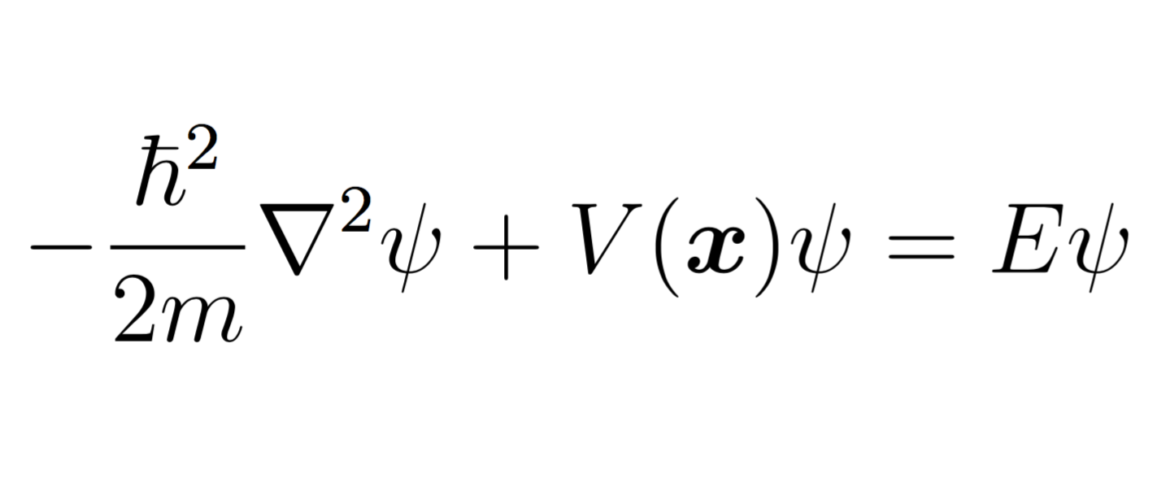
Is there a Story Formula?
You've got a compelling character and an intriguing situation—now it's time to create a unique condition that can generate a story. The condition is the result of your character and situation colliding, setting the stage for a dynamic and engaging narrative.